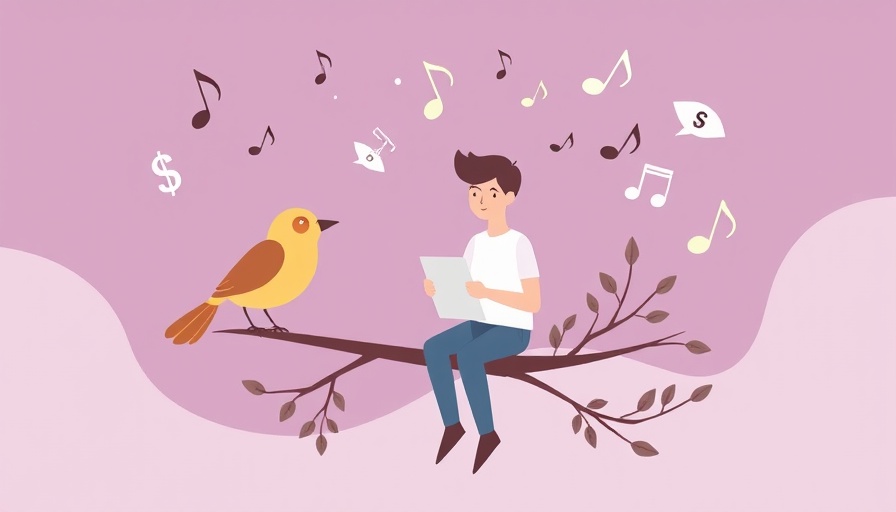
Understanding the Profound Link Between Birds and Human Speech
In a compelling narrative of scientific discovery, neurologist Stephanie Palmer discusses how a transformative paper reshaped her understanding of vocal learning and neural dynamics. The paper, co-authored by Allison Doupe and Patricia Kuhl, underscores the intricate ties between human speech and birdsong, revealing that feedback shapes vocal changes in both species.
Bridging the Gap in Neuroscience
Palmer highlights that the review paper 'Birdsong and Human Speech: Common Themes and Mechanisms' offers insights into the complex landscape of learning as a dynamic process. By emphasizing how experiences alter neural frameworks, the study motivated her to shift from theoretical physics to neuroscience, illustrating the expansive possibilities at the intersection of these fields.
Lost Yet Inspired: A Mentor’s Impact
In her exploration, Palmer reflects on mentor Allison Doupe's influence, who, despite her untimely death in 2014, continues to shape scientific research and innovation. Doupe’s teachings resonate deeply with Palmer, intertwining personal loss with professional drive to unravel the mechanisms of vocal learning. This connection resonates particularly with parents of autistic children, who might relate to the journey of navigating a complex landscape of understanding and communication.
Implications for Autism Research and Early Intervention
The paper resonates with the broader scope of autism research, linking the development of speech and communication to the insights gained from birdsong. Just as birds learn their vocalizations through feedback and interaction, children with autism can benefit from tailored therapies that promote their communication skills. This neurodevelopmental perspective critically informs early intervention strategies aimed at enhancing communicative abilities in toddlers on the spectrum, highlighting the importance of social connections and feedback in learning.
A Call to Action for Parents and Professionals
Palmer's journey from physics to neuroscience underscores the transformative potential of understanding human behavior through a neurological perspective. Parents and professionals engaged in autism research and therapy are encouraged to explore these intersections for the benefit of children on the spectrum. For those eager to dive deeper into these insights, resources focused on autism breakthroughs and interventions can provide vital support.
To explore more about the innovative research connecting cognitive therapy and communication strategies for children with autism, learn more here.
 Add Row
Add Row  Add
Add 




Write A Comment